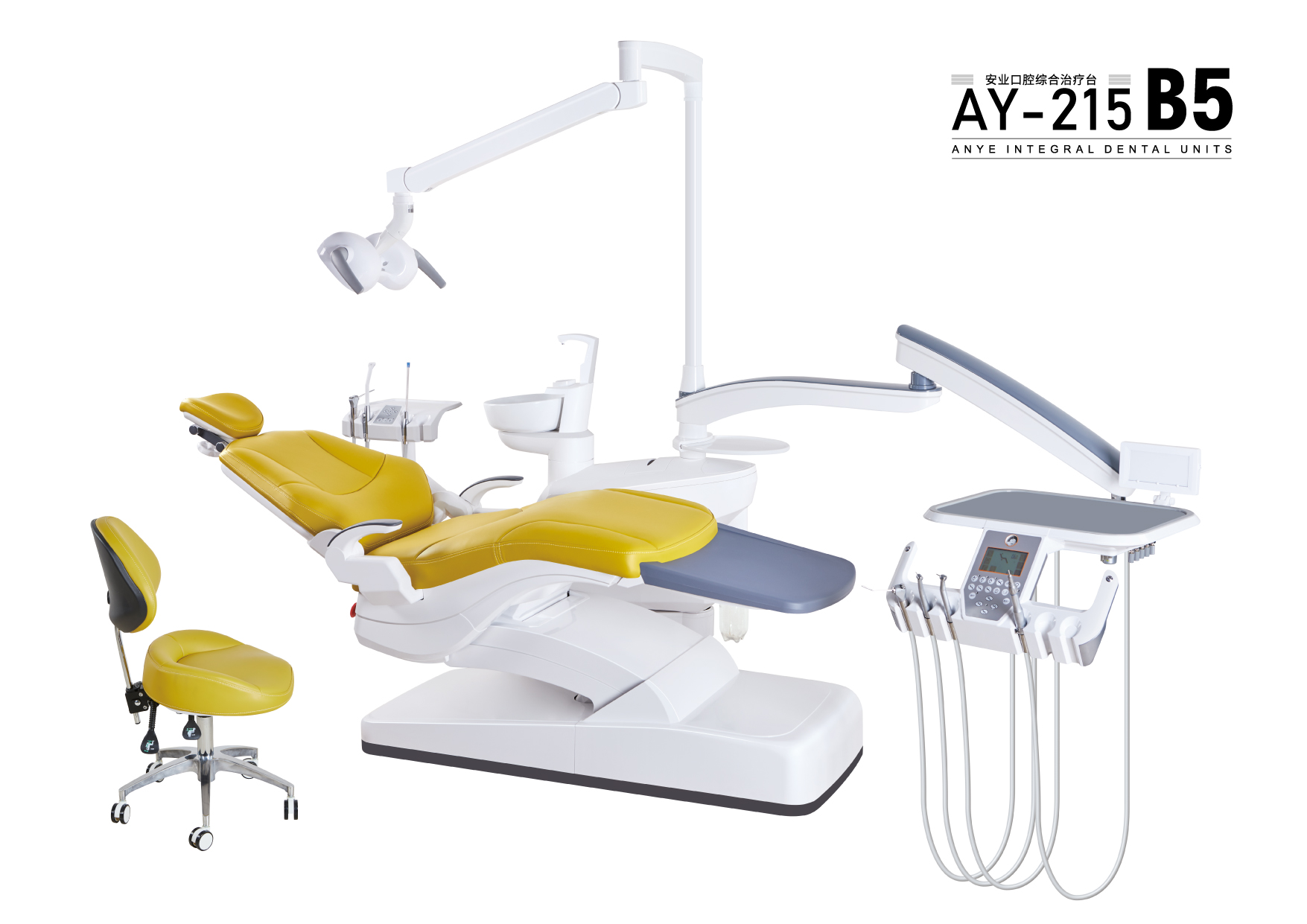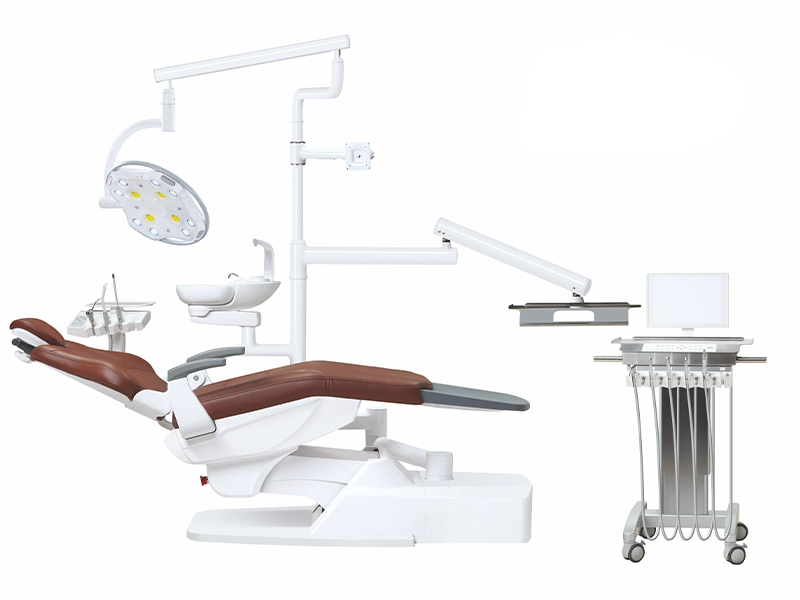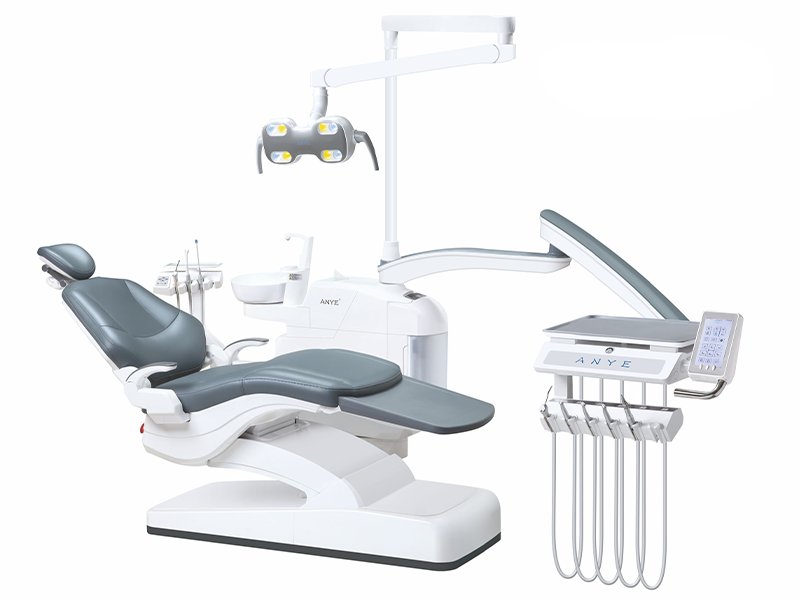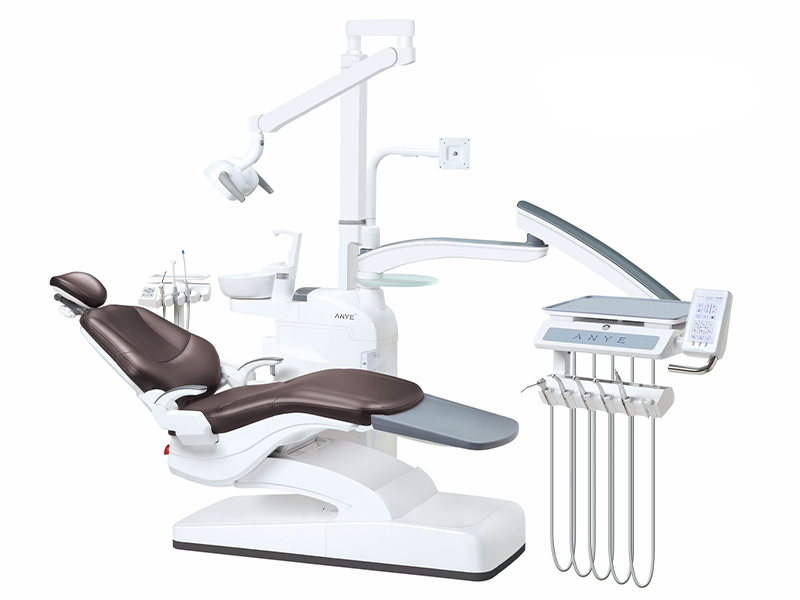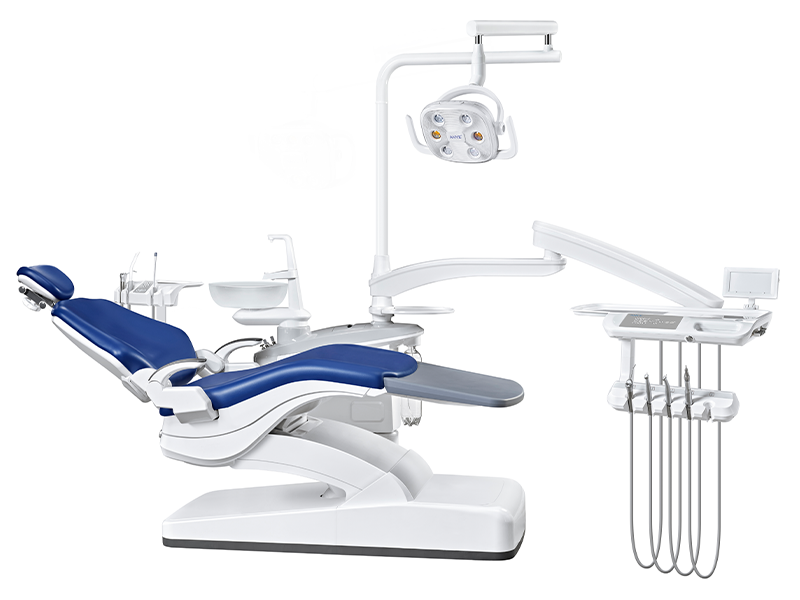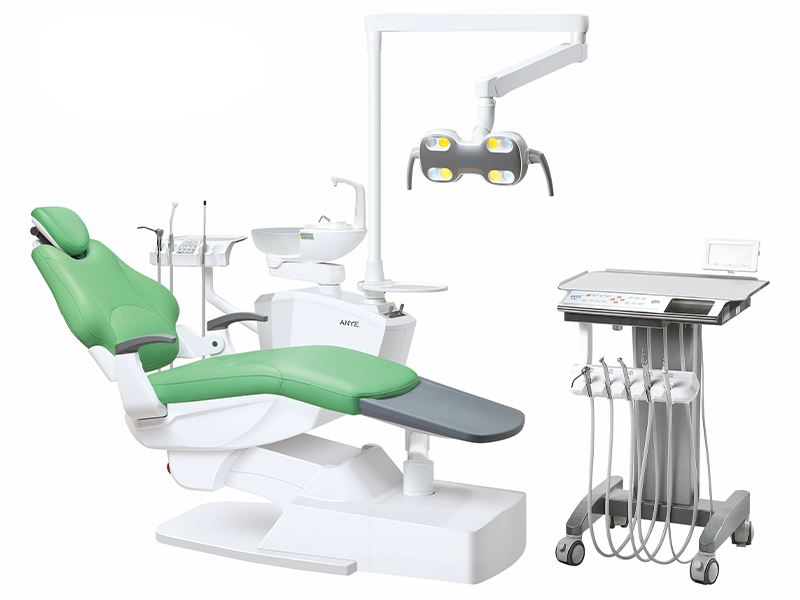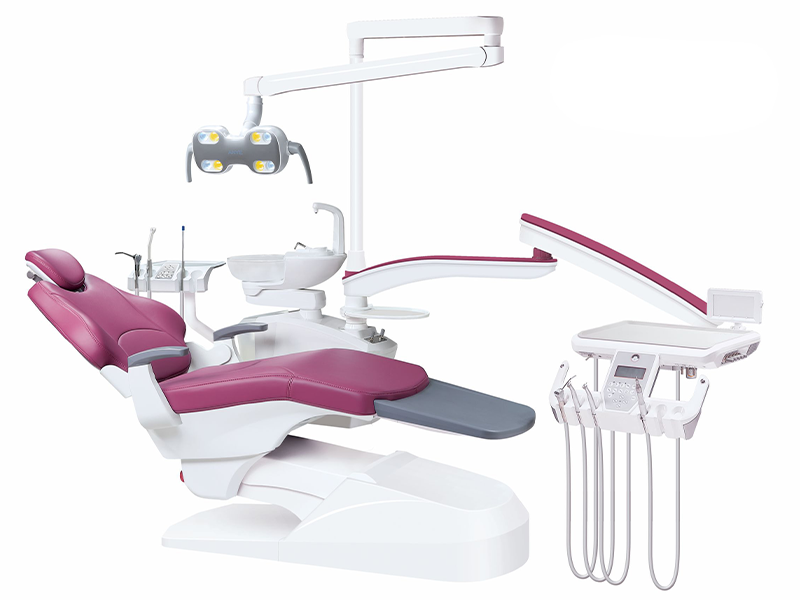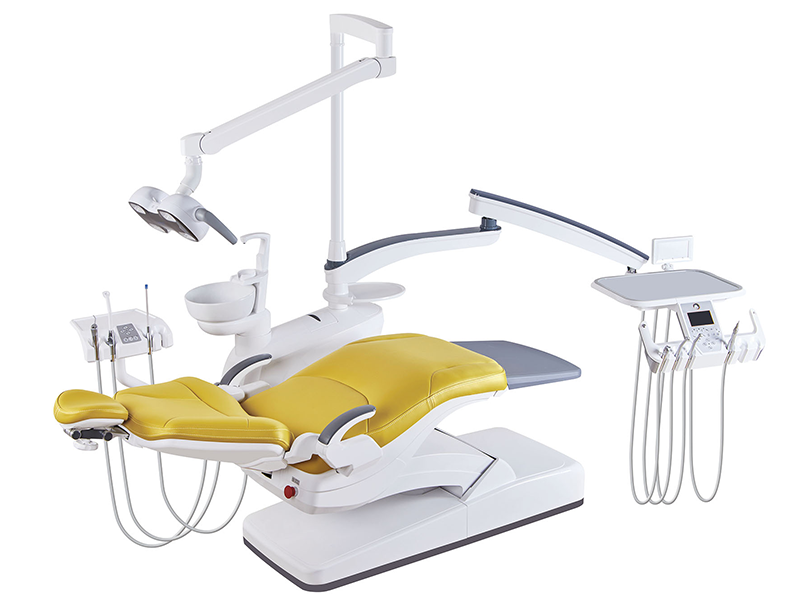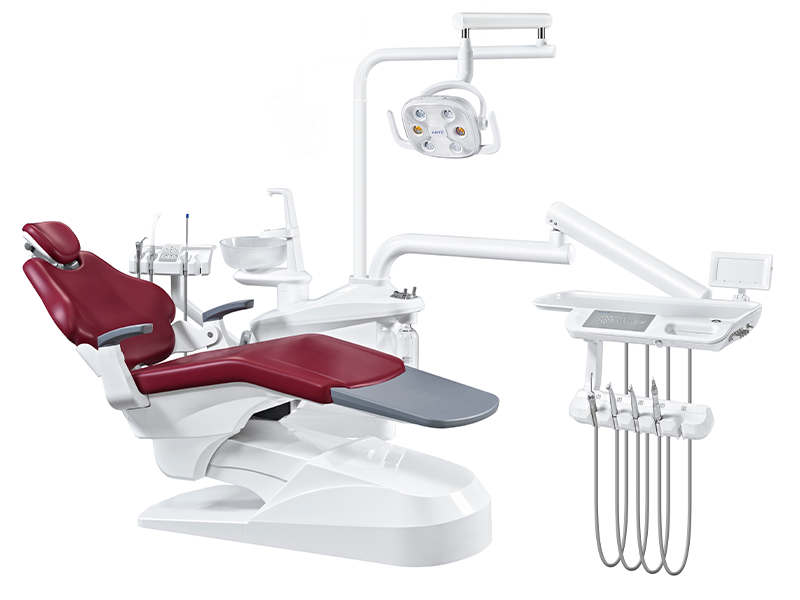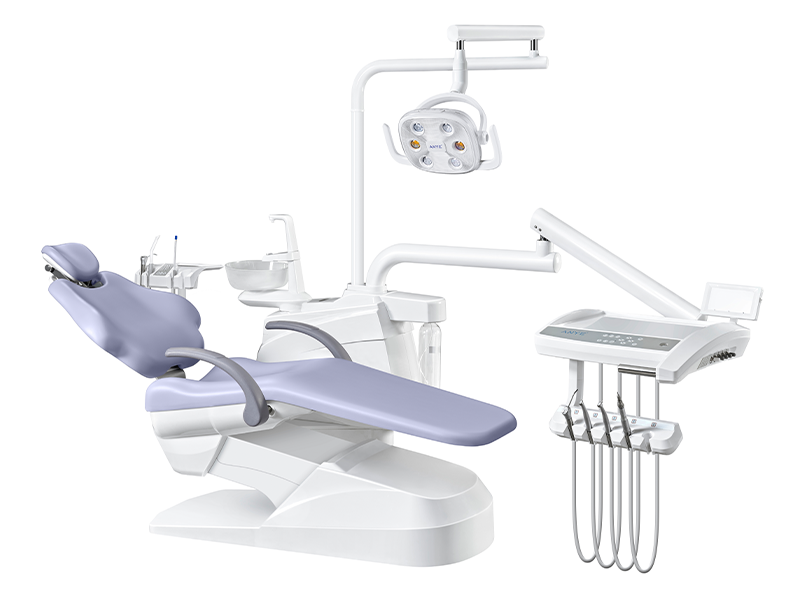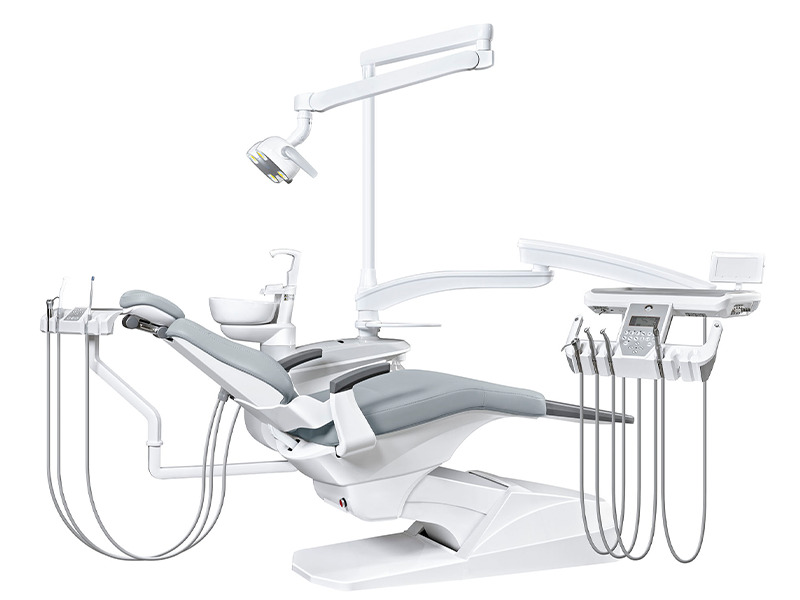Finding the perfect dental chair for your practice can feel overwhelming, but it doesn’t have to be. Did you know that 75% of dental professionals say patient comfort is their top priority when choosing equipment? At Anye Dental, we understand your need for affordable, high-quality dental chairs that enhance patient care and streamline your workflow. With over 15,000 sqm of advanced manufacturing facilities equipped with Kuka robots and laser cutting technology, we deliver cutting-edge solutions trusted in 60+ countries and backed by CE and ISO13485 certifications.
In this comprehensive guide, you’ll discover the best dental chairs, including ergonomic, budget-friendly options for small practices, and specialized solutions designed for unique needs—from general dentistry to pediatric care.
Why Choosing the Right Dental Chair is Crucial for Your Practice
Dental chairs are integral to providing the best care for your patients. The right chair can reduce practitioner fatigue, improve patient comfort, and enhance overall productivity. Whether you’re seeking budget-friendly options or premium ergonomic designs, we’ll help you identify the best dental chairs for your practice.
Types of Dental Chairs: A Comparison Guide
Choosing the right dental chair for your practice is crucial for ensuring patient comfort, practitioner ergonomics, and overall workflow efficiency. Below, we compare the most common types of dental chairs to help you make an informed decision:
1. Standard Dental Chairs: The Backbone of General Dentistry
Standard dental chairs are widely used due to their simplicity, reliability, and affordability. These versatile chairs are perfect for general dentistry practices that see a broad range of patients, from children to adults.
Key Features:
- Cushioned Seating: Provides extended comfort during lengthy procedures, reducing patient discomfort.
- Adjustable Reclining Positions: Ensures optimal positioning for dental professionals, promoting better ergonomics.
- Customizable Headrests and Armrests: Enhances patient comfort and support, accommodating different body types.
Best For:
General dentistry practices looking for cost-effective, functional solutions for everyday procedures that do not require specialized equipment.
Where to Buy:
Explore the AY-215A Series from Anye Dental, a versatile, high-quality option for standard dental chairs. View details and purchase here.
2. Hydraulic Dental Chairs: Precision and Efficiency
Hydraulic dental chairs are known for their precise and smooth movement, allowing effortless patient positioning. These chairs are ideal for practices performing complex procedures or surgeries, offering professionals the ability to make adjustments with ease.
Key Features:
- Foot Pedals or Touchpads: Enable real-time adjustments during treatments for added convenience.
- Superior Stability: Provides a solid, stable base to ensure patient safety and comfort, even during long procedures.
- Enhanced Workflow Efficiency: Reduces interruptions and improves chair adjustment speed, making the process smoother for both practitioner and patient.
Best For:
Practices focused on precision, such as those specializing in surgical procedures, implantology, or root canal treatments.
Where to Buy:
The AY-215B Series offers an excellent selection of hydraulic dental chairs, providing smooth and reliable chair movement. Purchase the AY-215B1 model here.
3. Electric Dental Chairs: Advanced Comfort and Customization
Electric dental chairs represent the highest level of customization and control in dental chair technology. These chairs are favored for high-end practices and provide practitioners with full control over positioning and adjustments.
Key Features:
- Memory Function: Remembers personalized settings for returning patients, ensuring faster treatment setup.
- Streamlined Workflow: Reduces the need for manual adjustments, saving time during procedures.
- Optional Amenities: Includes built-in massagers and multimedia screens, enhancing the patient experience and providing additional comfort.
Best For:
Practices with a high volume of returning patients or those offering long-term treatments, such as orthodontics, who require consistent chair adjustments.
Where to Buy:
The AY-215C Series offers premium electric dental chairs with advanced features for patient comfort and efficiency. Explore more and purchase here.
4. Ergonomic Dental Chairs: Supporting Health and Comfort
Ergonomic dental chairs are designed with both patient comfort and practitioner health in mind. These chairs help minimize strain during long procedures, ensuring that both the dental team and patients benefit from optimal positioning.
Key Features:
- Adjustable Lumbar Support: Reduces back strain during long hours, promoting better posture for dental professionals.
- Customizable Armrests and Headrests: Enhances comfort for both patients and practitioners, reducing strain on the neck and arms.
- Posture-Promoting Designs: Encourages correct sitting posture, which reduces practitioner fatigue and improves focus.
Best For:
Practices that prioritize ergonomics and are focused on reducing work-related musculoskeletal disorders among dental staff.
Where to Buy:
For ergonomic models that prioritize practitioner health and comfort, check out the AY-215E Series. Find more information and purchase here.
5. Portable Dental Chairs: Flexibility for Mobile Care
Portable dental chairs are lightweight, foldable, and highly flexible, making them ideal for mobile dentistry or practices that offer outreach care in underserved or remote areas.
Key Features:
- Easy Transportation and Quick Setup: Ideal for dental professionals who need to set up quickly in diverse locations, such as home visits or rural clinics.
- Adjustable Components: Ensures patient comfort regardless of the environment, offering flexibility for various treatment needs.
- Durable Construction: Designed to withstand various environmental conditions, including those encountered in mobile dental units.
Best For:
Mobile dental clinics or practices providing dental care in remote areas, outreach programs, or locations where traditional office space is unavailable.
Where to Buy:
Explore the AY-215D Series for portable dental chairs designed for mobile care and flexible setup. Find more details and purchase here.
Choosing the Best Dental Chair: What to Look For
Selecting the right dental chair for your practice is crucial to ensuring both patient comfort and practitioner ergonomics. A well-chosen chair can significantly improve treatment efficiency and enhance patient satisfaction. Below are the key factors to consider when making your decision:
1. Ergonomics and Comfort
Ergonomics and patient comfort should be your top priorities. A dental chair that provides both comfort and optimal posture for practitioners can prevent fatigue and musculoskeletal issues.
What to Look For:
- Adjustable Headrests, Armrests, and Lumbar Support: These features are essential for accommodating patients of different sizes and providing support during long procedures. Look for chairs that allow precise adjustments to reduce discomfort for both the patient and the dentist.
- Cushioned Seating: Ensure the chair has thick, high-quality padding to reduce patient discomfort during extended treatments. Memory foam padding or pressure-relieving materials are ideal.
- Features to Reduce Patient Anxiety: Consider chairs with built-in massagers, vibration-reducing designs, or multimedia entertainment systems that can help distract patients and improve overall satisfaction, especially for nervous or younger patients.
Top Recommendations:
- Anye Dental AY-215A Series for cushioned, adjustable, and comfort-focused seating here.
2. Functionality and Features
The functionality of the dental chair plays a significant role in how smoothly procedures run and how efficiently your team can work. A chair with advanced features can enhance your practice’s workflow.
What to Look For:
- Wide Range of Adjustable Positions: Choose a chair that offers smooth, precise adjustments for different procedures. Look for chairs that offer reclining and tilting features for optimal patient positioning during treatments such as cleanings, fillings, or surgery.
- Integrated Delivery Systems: Many modern chairs come with integrated delivery systems that house equipment such as suction, light, and handpieces, reducing clutter and streamlining your practice’s workflow.
- Programmable Settings: Look for chairs with programmable memory settings, which allow you to store patient preferences (e.g., headrest angle, height, and recline) for returning patients. This reduces adjustment time and creates a more consistent experience.
Top Recommendations:
- Anye Dental AY-215C Series with integrated features for efficient workflow and programmable settings here.
3. Durability and Reliability
A dental chair is a long-term investment, and you need to ensure it is built to withstand daily use. Look for high-quality materials and designs that reduce the need for frequent repairs or replacements.
What to Look For:
- Robust Materials: Opt for chairs made from cast aluminum or stainless steel frames, which are highly durable and resistant to wear and tear. These materials ensure that your chair can support heavy usage without losing its structural integrity.
- Easy-to-Clean Surfaces: Since dental practices require constant sanitization, make sure the chair’s materials and upholstery are easy to clean and disinfect. Chairs with antimicrobial upholstery and smooth, non-porous surfaces are easier to maintain and more hygienic.
- Long-Lasting Upholstery: Look for chairs with high-quality, stain-resistant upholstery designed to last over time without tearing or fading.
- Easy Servicing Design: A good dental chair should have an easy-to-service design, allowing technicians to quickly access components for repairs or maintenance. This minimizes downtime and repair costs.
Top Recommendations:
- Anye Dental AY-215B Series for durable construction and easy-to-maintain design here.
4. Price and Value
While upfront cost is an important consideration, it's essential to consider the total cost of ownership. A quality dental chair may have a higher initial price but can save you money in the long run by reducing the frequency of repairs and enhancing patient retention.
What to Look For:
- Installation and Setup Costs: Some chairs may require more complex installation, which could increase initial costs. Ensure the total cost includes setup and training for your team, if necessary.
- Long-Term Maintenance and Repairs: Evaluate whether the chair comes with a warranty and service packages to cover repairs and maintenance. A robust warranty can offset future repair costs.
- Lifetime Value: Consider the lifetime value of the chair by assessing its longevity, ease of use, and functionality over time. Invest in a chair that will serve your practice for many years, even if it comes with a higher price tag initially.
Top Recommendations:
- Anye Dental AY-215D Series offers affordable, durable, and high-value mobile dental solutions. Learn more and purchase here.
When selecting a dental chair, it’s important to balance comfort, functionality, durability, and price. By carefully considering the ergonomics, adjustable features, material quality, and total cost of ownership, you can find a chair that will support both your team and your patients for years to come. Be sure to evaluate the specific needs of your practice and choose a chair that aligns with your workflow and long-term goals.
Anye Dental’s Innovative Chair Models
At Anye Dental, we offer a wide range of dental chair models designed to meet the needs of modern dental practices. Some of our flagship models include:
- AY-215A Series: Memory foam cushioning with integrated touchscreen control panels.
- AY-215B Series: Ultra-thin backrests for improved access and ergonomic health.
- AY-215C Series: Premium features for patient comfort and customization.
- AY-215D Series (Pediatric Care): Tailored for pediatric patients with adjustable components.
- AY-215E Series: Ergonomically designed for rehabilitation with customizable support.
Each model is designed to combine advanced technology with ergonomic design, providing the best possible experience for both patients and practitioners.
Conclusion: Investing in Your Practice’s Future
Choosing the right dental chair is an investment in both patient care and practitioner efficiency. At Anye Dental, we provide a wide variety of affordable, high-quality dental chairs backed by advanced technology and certifications. Whether you are upgrading your practice or just starting out, we have solutions to meet your unique needs.
Ready to elevate your practice? Explore Anye Dental's innovative dental chairs today and discover how we can help you create a seamless, patient-focused experience.

